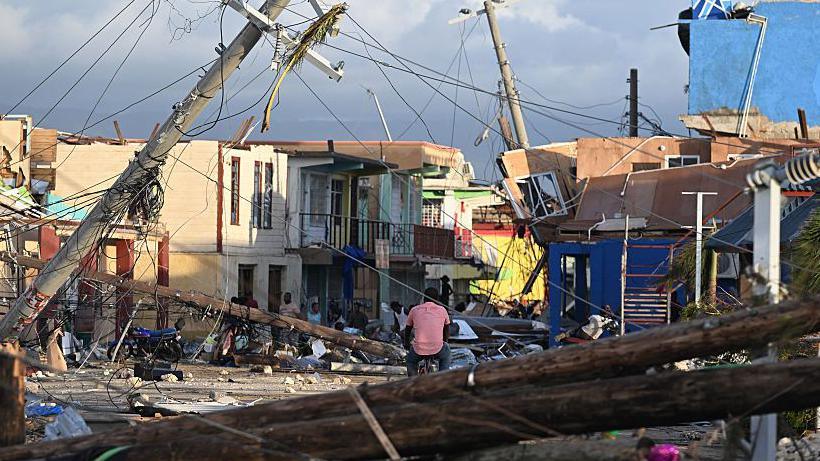Was climate change to blame for the strength of Hurricane Melissa?
Hurricane Melissa was one of the strongest hurricanes to ever hit the Caribbean.
The atmospheric and ocean conditions that led to the rapid intensification of the hurricane were made six times more likely by climate change, according to a World Weather Attribution study.
The storm escalated from a tropical storm to a major Category 4 hurricane within just a day, fueled by warmer-than-average sea temperatures. It later made landfall in Jamaica as a fierce Category 5 hurricane before hitting eastern Cuba the next day.

Days before its landfall, forecasters indicated conditions were conducive for rapid intensification, notably in a Caribbean Sea that was approximately 1.5°C warmer than average. The depth of the heat in the ocean provided a continued supply of warm water necessary for Melissa to develop further.
The study also concluded that climate change had led to increased wind speeds and rainfall, increasing the risks and devastation associated with such storms.
Hurricane Melissa: The Storm that Hit Jamaica
The storm made its presence felt with wind speeds reaching 185 mph, resulting in severe destruction across Jamaica.
With the annual United Nations Climate Change conference (COP30) approaching, experts have emphasized the need for immediate climate action to support nations most impacted by climate change, particularly those with limited resources for recovery from catastrophic weather events like Melissa.
'This crisis is a critical moment for countries to act, ensuring climate finance reaches those most vulnerable,' remarked Arnoldo Bezanilla from the Center for Atmospheric Physics in Cuba.















